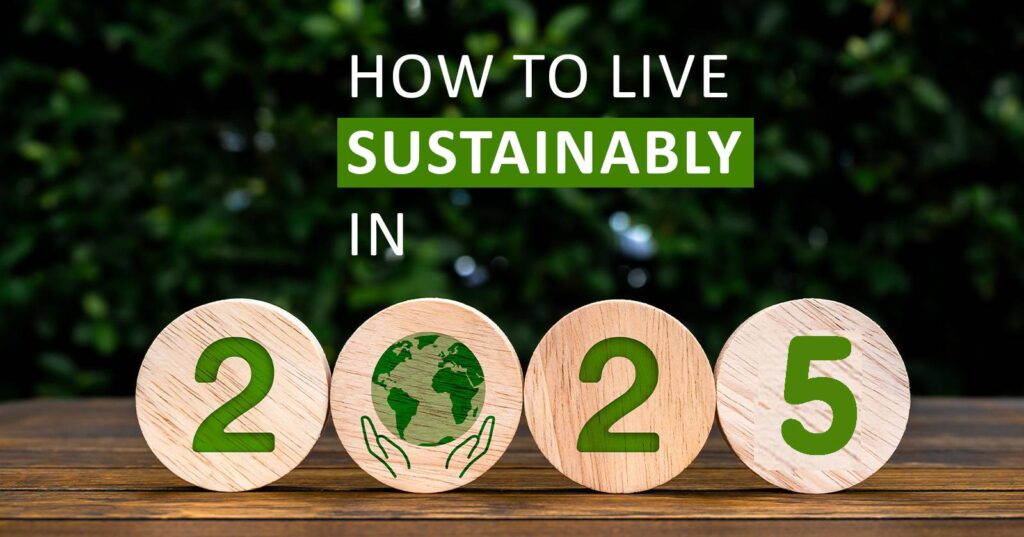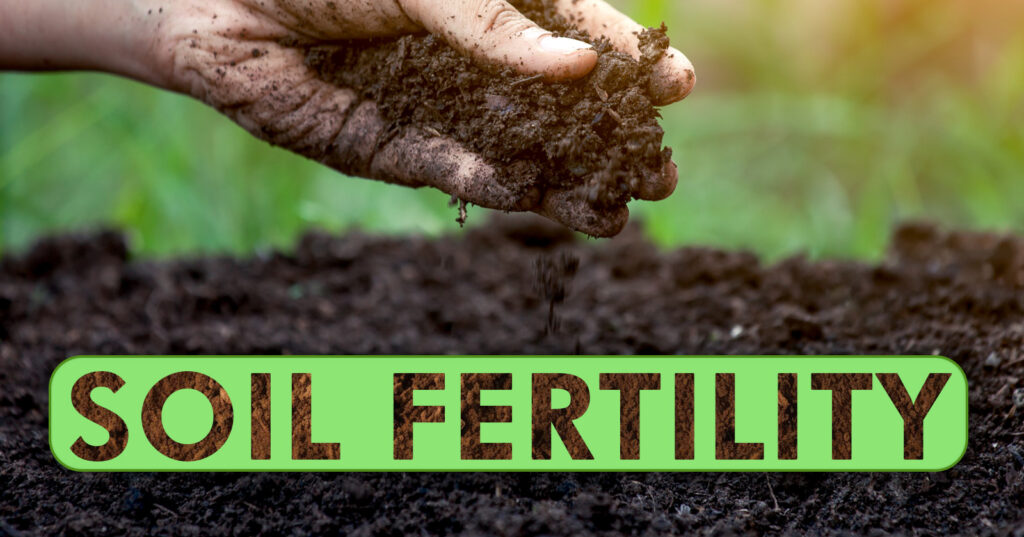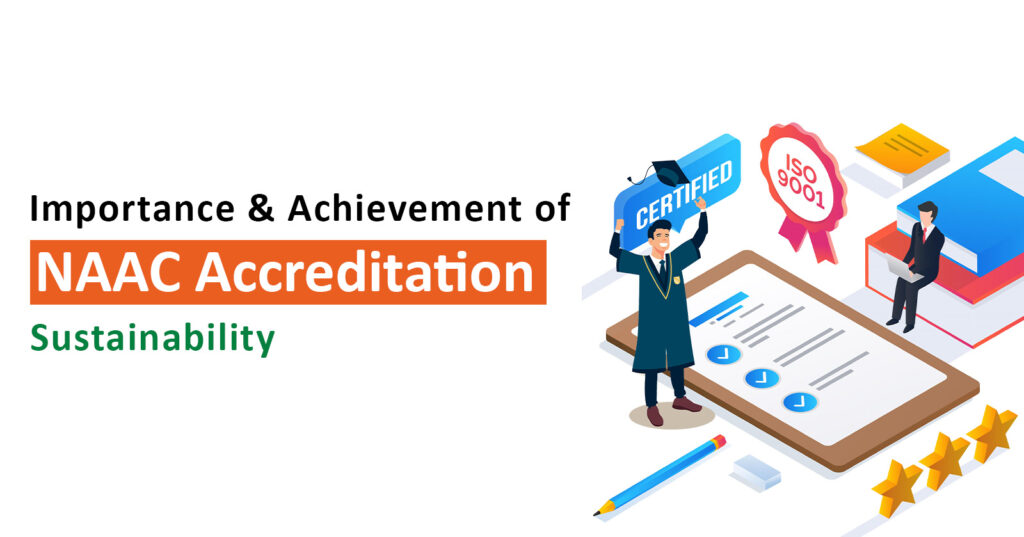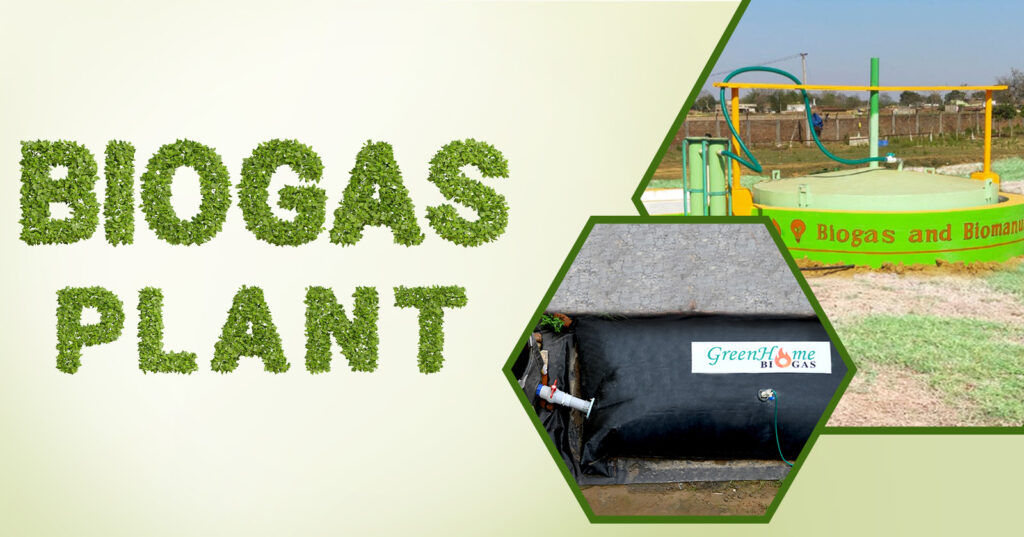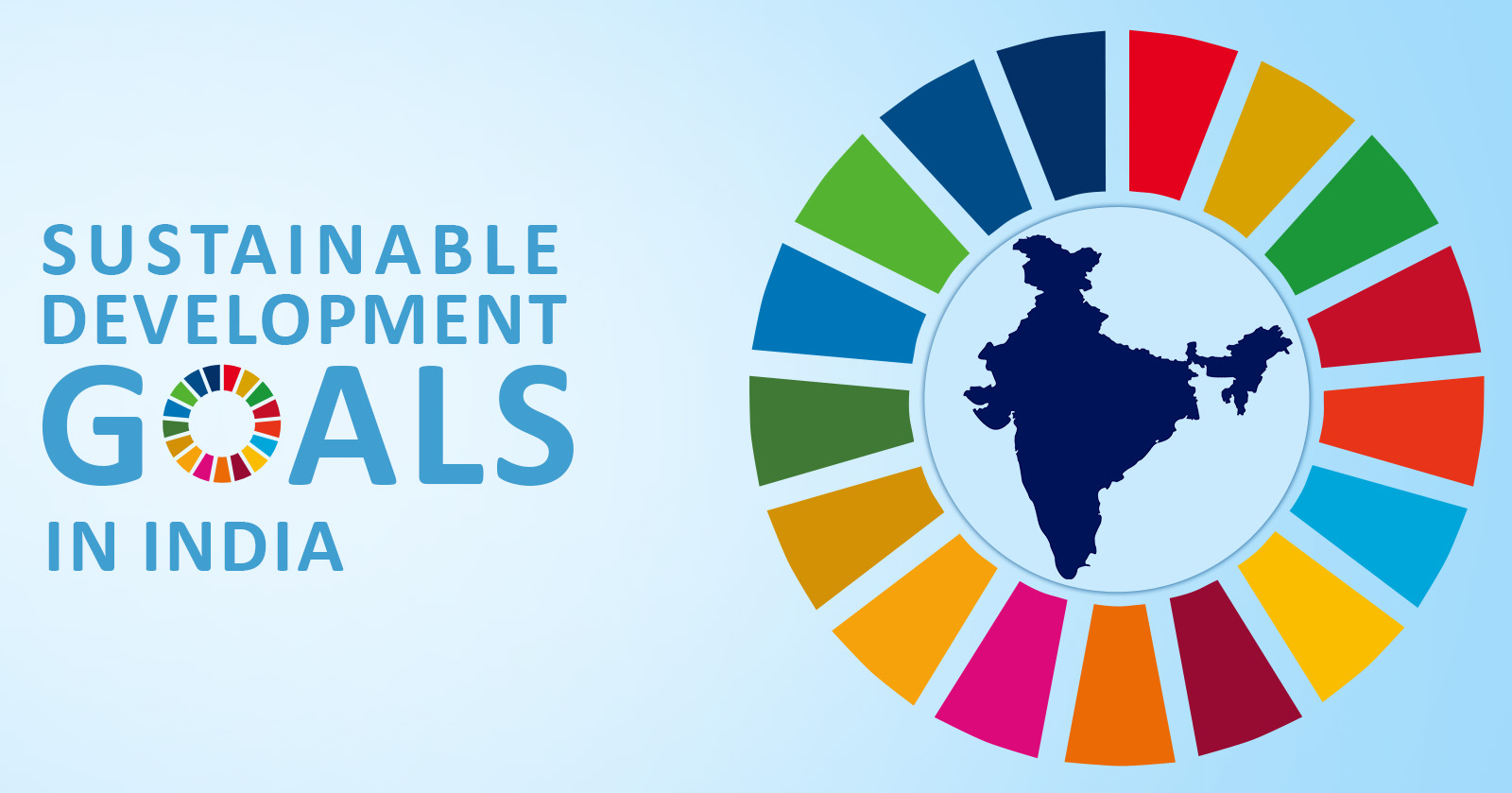Sustainable Development Goals in India (SDGs): Navigating the Future with Sustainable Solutions
Sustainable Development Goals (SDGs) are like a roadmap for addressing environmental challenges and creating a sustainable future for all. In the context of India, we’re a nation with an increasing population and diverse socio-economic landscapes, achieving these goals becomes not just a mission but a necessity. As we explore the path toward sustainable development in India, this blog helps us understand the role of biogas plants, sewage treatment plants (STPs), and waterless urinals.
Sustainable Development Goals
The Sustainable Development Goals (SDGs) are a set of 17 global objectives established by the United Nations in 2015. This ambitious initiative aims to address critical challenges, ranging from poverty and inequality to environmental sustainability, by 2030. SDGs provide a comprehensive framework for countries worldwide to work collaboratively towards a better and more sustainable future.
Overview of Sustainable Development Goals in India (SDGs)
India, like many other nations, has made commendable progress towards the SDG goals, but recent setbacks, particularly due to the COVID-19 pandemic, have emphasized the need for focused strategies. India faces a unique set of challenges that require innovative and sustainable solutions.
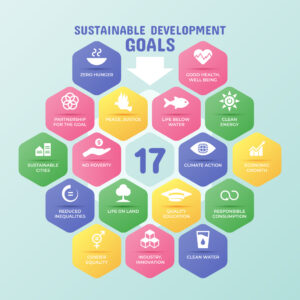
Understanding the Numbers:
As of the latest assessment, India is positioned at 112 out of 166 countries on the Sustainable Development Goals or SDG goals Index, with an index score of 63.5. This numerical representation is more than just a rank or statistic it reflects India’s progress, areas of strength, and the areas that demand attention.
Interpreting the Index Score:
The index score of 63.5 indicates the extent to which India has progressed in achieving the 17 SDG goals. While this score reflects commendable efforts in various sectors, it also emphasizes the need for continuous improvement to meet the targets set for 2030. The journey towards a more sustainable India involves constant evaluation, adaptation, and strategic planning.
Spillover Score: Unveiling Global Impact:
The spillover score, standing at 99.4, is a crucial aspect of the assessment. This score represents the impact of India’s policies on global sustainability. A high spillover score suggests that India’s actions have positive effects globally, contributing to the broader goal of sustainable development.
Goals that we need to focus on:
India is doing quite a bit to achieve the SDG goals, but it’s still a work in progress. To boost our ranking, we need to focus on a few key areas:
Good Health and Well-being (SDG 3)
Ensuring good health and proper medical care for every citizen is important. India has developed advanced healthcare facilities and infrastructure in cities, but rural areas still face challenges in getting proper medical services.
The Government of India has launched several schemes like the National Health Mission (NHM), National Programme for Health Care for the Elderly, and Ayushman Bharat Health Insurance Scheme to improve healthcare access.
However, states like Uttar Pradesh, Assam, and Arunachal Pradesh still have low SDG scores (25–30), showing that their healthcare systems need more improvement.
Quality Education (SDG 4)
Improving the quality of education and ensuring it reaches every corner of the country. Encouraging more people, especially girls, to complete their education.
To Encourage the youth towards education and providing them with quality education Government has launched multiple schemes like Beti Bachao Beti Padhao Abhyaan, The Samagra Shiksha Abhiyan and The National Education Policy 2020 to provide Quality Education to the citizens.
We must strengthen these policies and schemes so that every citizen of this country can have access to quality education.
Clean Water and Sanitation (SDG 6)
Improving water management and sanitation is essential to ensure safe and clean water for everyone.
The Indian government has launched many programs to support SDG 6, such as the Namami Gange Mission, Swachh Bharat Mission, Jal Jeevan Mission, National Rural Drinking Water Program, and National Urban Sanitation Policy. These initiatives show India’s commitment to solving water and sanitation problems.
However, challenges like population growth, urbanization, interstate water disputes, and limited funding slow down progress.
Everyone can help by adopting simple solutions like Sewage Treatment Plants (STPs) and waterless urinals. These systems promote clean water use and help reduce waterborne diseases.
Affordable and Clean Energy (SDG 7)
Expanding the use of renewable energy sources. Ensuring affordable and reliable energy access to every household.
Government of India has launched multiple initiatives to make sure we are mitigating the usage of traditional energy sources and moving towards a sustainable and a cleaner tomorrow.
Schemes like GOBARdhan yojana, National Bioenergy Programme, are promoting the usage of renewable sources for power generation.
Biogas plants, which are not a new source of energy generation, are wonderful alternative to generate electricity and cooking gas and to reduce our dependency on the non-renewable traditional methods of energy and cooking gas generation.
Sustainable Cities and Communities (SDG 11)
Enhancing urban planning for sustainable development. Investing in public transport and green spaces.
Improving planning for building sustainable cities is a major step towards a green future. Cities that can sustain the environment while functioning not only improve the life of the individuals in it, but also cater to keeping the surroundings and the environment clean.
Sustainable Cities India program, Atal Mission for Urban Rejuvenation and Urban Transformation (AMRUT) are some of the initiatives taken by the government to achieve the goal of building sustainable cities and communities.
Climate Action (SDG 13)
Taking steps to combat climate change. Increasing awareness and action on environmental conservation.
It is a must that we take steps towards reducing greenhouse gas emissions, promoting renewable energy sources, and encouraging eco-friendly practices in order to avoid climate change. Strengthening policies that incentivize sustainable industries and spreading awareness among citizens about climate change are crucial steps that we must take.
Government schemes like National Mission for Enhanced Energy Efficiency. And National Mission on Sustainable Habitat, and the very recent Green Credits Trading Program that allows individuals and organizations to gain and trade Green Credits are some of the initiatives that can help us make a sustainable environment.
Life Below Water and Life on Land (SDGs 14 and 15):
Implementing measures to protect marine and terrestrial ecosystems. Combating illegal poaching and deforestation.
Preserving and sustaining life below water and on land are critical components of the Sustainable Development Goals, aiming to protect marine and terrestrial ecosystems. India, with its diverse flora and fauna, faces challenges such as illegal poaching, overfishing, and deforestation that threaten these ecosystems.
Life below water (SDG 14)
Being the world’s second largest producer of fish in the world, India’s marine ecosystems are under pressure due to overfishing, pollution, and climate change. Implementing strict regulations on fishing practices and promoting sustainable fishing techniques are essential.
The Sagarmala Project is one such project towards improving the state of the India’s 7,517 km long coast line and sustainable marine resource management.
Life on Land (SDG 15)
Deforestation, habitat loss, and illegal poaching are threatening India’s rich biodiversity. Protected areas need better management to ensure the conservation of flora and fauna.
Strengthening forest conservation efforts, promoting afforestation, and adopting sustainable agricultural practices are crucial. Initiatives like the National Afforestation Program, Green India Mission, and Project Tiger contribute to the conservation of terrestrial ecosystems.
How Koshish can help achieve these Sustainable Development Goals:
Although we all have been working on achieving these sustainable development goals in India using multiple methods there are certain ways that we at Koshish Sustainable Solutions Pvt. Ltd. a team of IITians from Delhi has contributed towards achieving these goals by establishment of Biogas Plants and STP/ETPs for organic and liquid waste treatment, fostering a pollution-free environment.
We have also contributed towards water conservation by installing OlerTrap Flush Free Urinals across India. Let’s have a look at our solutions and how they help achieve SDGs:
Biogas Plants:
Biogas plants, whether commercial or domestic, help us fight against the dumping of organic waste into landfills and greenhouse gases emerging from it. The following are the benefits that Biogas plants provide and the goals they help us to achieve:
Addressing Energy Needs
Biogas plants can help us with clean and affordable energy (Goal 7). They turn waste into energy, helping both cities and villages.
Promoting Sustainable Agriculture
Biogas can also help with growing food sustainably (Goal 2). By using biogas digestate, which is highly rich in N,P, K can be used as a natural fertilizer, thus, we can improve soil health and support our farmers.
Waste Management and Sustainable Cities:
Biogas plants can help manage waste better in our cities (Goal 11). When we handle waste at the source, it not only helps the environment but also makes our cities more sustainable
At Koshish India, We have installed numerous conventional and portable biogas plants and Bio-CNG Plants.
We harness the potential of natural resources to deliver clean, renewable energy sources. Till date, we’ve established 50+ commercial biogas plants in numerous locations and different part of India.
These Biogas facilities have a collective capacity of 7,000 cubic meters. Through these installations, we’ve managed a solid 100 tons of waste i.e,100,000 kg per day which have effectively reduced carbon emissions by an impressive 25,000 metric tons per day. Which in our opinion is a multi-faceted approach towards saving this environment.
And not just that as the technical partner for GOBHARdhan projects in Madhya Pradesh and having executed projects in various states under this scheme, our efforts have garnered recognition from different forums and state governments.
We have received several awards in sustainability, showcasing our commitment to achieving Sustainable Development Goals (SDGs) and making significant strides in that direction.
Sewage Treatment Plants (STPs)
Sewage Treatment Plants are the silent heroes that not only help us process sewage but also help us maintain a clean environment and decrease the number of waterborne diseases. Following are the benefits that Sewage Treatment Plants provide and the goals they help us to achieve:
Ensuring Clean Water
Clean water is crucial (Goal 6). Although treating wastewater is big challenge, STPs play a major role in treating the same and providing clean water to communities.
Environmental Impact and Biodiversity
STPs also help the environment and wildlife (Goal 15). Well-managed STPs keep our environment healthy and support the plants and animals that live in and around water bodies.
Community Health and Well-being
Our health is connected to how we treat sewage (Goal 3). When we treat sewage properly, we reduce the risk of diseases, making our communities healthier.
Waterless Urinals
Waterless Urinals is another innovation that helps to address water conservation by minimizing water usage in sanitation facilities. Following are the benefits that Waterless Urinals provide and the goals they help us to achieve:
Water Conservation
Saving water is essential (Goal 6). Waterless urinals are a smart solution, especially in places where water is scarce.
Cost-Efficiency and Maintenance
Besides saving water, waterless urinals also save money. They are easy to maintain, making them a practical choice for businesses.
At Koshish India, we have installed 1,350 OlerTrap Waterless Urinals units to date. These Kits help educational institutions and businesses to conserve 40,500,000 liters of water, reduce power consumption by 8,100 kW, and lower the CO2 emissions by 40,500 kg (40.5 metric tons) annually.
Moving Forward: Implementing Solutions:
Implementing these sustainable solutions comes with a set of challenges. From policy barriers to community resistance, the road to widespread adoption requires careful consideration and strategic planning. However, the potential benefits are far more better than the challenges.
The Government of India, along with local authorities and community stakeholders, must work in collaboration to create an enabling environment for the adoption of biogas plants, sewage treatment plants, and waterless urinals. Policy frameworks should incentivize businesses and individuals to invest in these sustainable technologies.
Frequently Asked Questions (FAQs)
Question: What are the sustainable development goals of India?
The Sustainable Development Goals (SDGs) are 17 global goals with 169 targets to improve life for everyone by 2030. They focus on social, economic, and environmental issues and aim to make the world better without leaving anyone behind.
Question: What are the 5 pillars of SDGs?
At a broad level, IMF engagement on the SDGs is aligned with the five SDG pillars of people, prosperity, planet, peace, and partnership. This means the IMF supports policies that promote inclusive growth, reduce poverty, protect the environment, and strengthen global cooperation. Through financial assistance, policy advice, and capacity building, the IMF helps countries make progress toward achieving these global goals.
Question: What is the rank of India in the Sustainable Goals?
In the 2025 Sustainable Development Goals (SDG) Index, India ranks 99th out of 167 countries with a score of 67.0. This is a big step forward, as it’s the first time India has entered the top 100, moving up from 109th place in 2024.
Question: Which country is no. 1 in sustainable development?
According to the Sustainable Development Report, Finland ranks number one in sustainable development. These Nordic countries consistently lead in achieving the Sustainable Development Goals (SDGs).
Their success is due to strong social policies, clean energy use, and a high commitment to environmental protection. They serve as global examples of how long-term planning and responsible governance can lead to sustainable growth.


